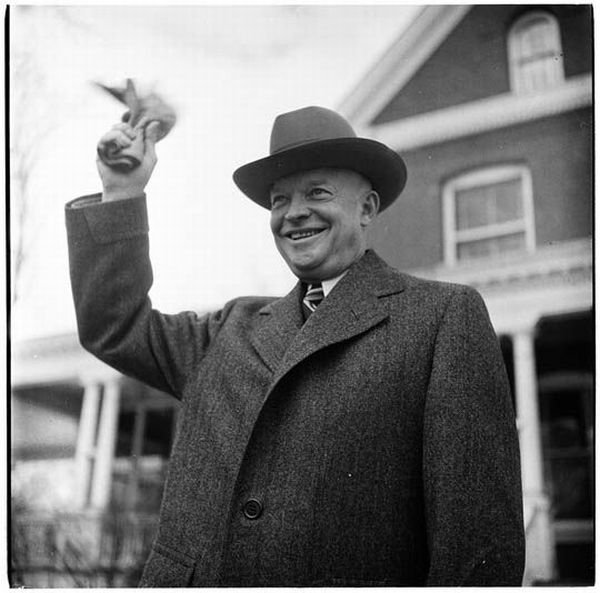|
|
History: Look Magazine Photography By Stanley Kubrick
|
Newspaper obituaries of Kubrick, the Encyclopædia Britannica and Vincent LoBrutto's biography of the director (which was spoken of approvingly by Kubrick's wife) all characterize Kubrick broadly as pessimistic. Stephen Holden of The New York Times wrote: “if Mr. Kubrick's misanthropy prompted some critics to accuse him of coldness and inhumanity, others saw his pessimism as an uncompromisingly Swiftian vision of human absurdity.” So also did Kubrick's most severe critic, Pauline Kael. The charge was repeated in reviews of the multi-film DVD boxed set of his films in 2007, a New Jersey film critic writing “And yet preserved too – like an ugly insect trapped in amber – are some of the artist's most problematic qualities, including a bitter pessimism, a cruel humor and an almost godlike superiority that often viewed other people – and particularly women – as little more than impediments." A pessimistic streak was found in essays collected in The Philosophy of Stanley Kubrick, one of which characterizes Eyes Wide Shut as “a kind of Sartrean pessimism about our inevitable dissatisfaction with romantic love.”
Not all critics agree with this assessment. Other essays in the same anthology find Eyes Wide Shut to be largely optimistic. James Naremore in On Kubrick characterizes Kubrick as a modernist in the tradition of Joyce and Kafka with their distrust of mass society. As such, Naremore notes that Kubrick's detachment from his subjects does not make him a dour pessimist, although Kubrick does often dwell on “the failure of scientific reasoning, and the fascistic impulses in masculine sexuality”. Peter Kramer's study of 2001 argues it is meant to counterweight the pessimism of Kubrick's previous Dr. Strangelove.
Some view Kubrick's pessimism as either at least overstated by others or even more apparent than real, an impression created by Kubrick's refusal of any bland or cheap optimism, refusal to make films that conform to conventional ideas of a spectacle, and a desire to employ films as a wake-up call to humanity to understand its capacity for evil. The editors of The Kubrick Site note that Kubrick avoids cinematically conventional ways of structuring stories. This does indeed create for many viewers a sense of emotionless detachment from the human subjects. For example, Kubrick often prefers lengthy dialogue scenes shot from one camera angle with no cutting. But the editors of TKS believe this is done in order to establish a life of characters beyond dialogue which "helps to reveal, in the spaces and silences, some of the emotional nature permeating the film's world" as well as a realistic sense of the characters' situatedness in time and society. Kubrick's focus is not just on individual characters but on the larger society around them and how it affects their motivation, often in negative ways. The authors also stress that however bleak Kubrick's outlook (intermittently) is, he is not a misanthrope.
A recent outspoken dissenter from pessimistic readings of Kubrick is author Julian Rice, a scholar of Native American literature. His book Kubrick's Hope argues that although there is a powerful vision of evil in Kubrick, there is vision of redemption and goodness in Kubrick's films stronger than often initially recognized, a vision focused both on family feeling and access to the sublime depths of the subconscious beyond superficial socialization. However, Rice has been alleged to misrepresent the work of prior Kubrick film scholars, particularly with reference to just how pessimistic or misanthropic they actually think Kubrick's films are.
|
|









